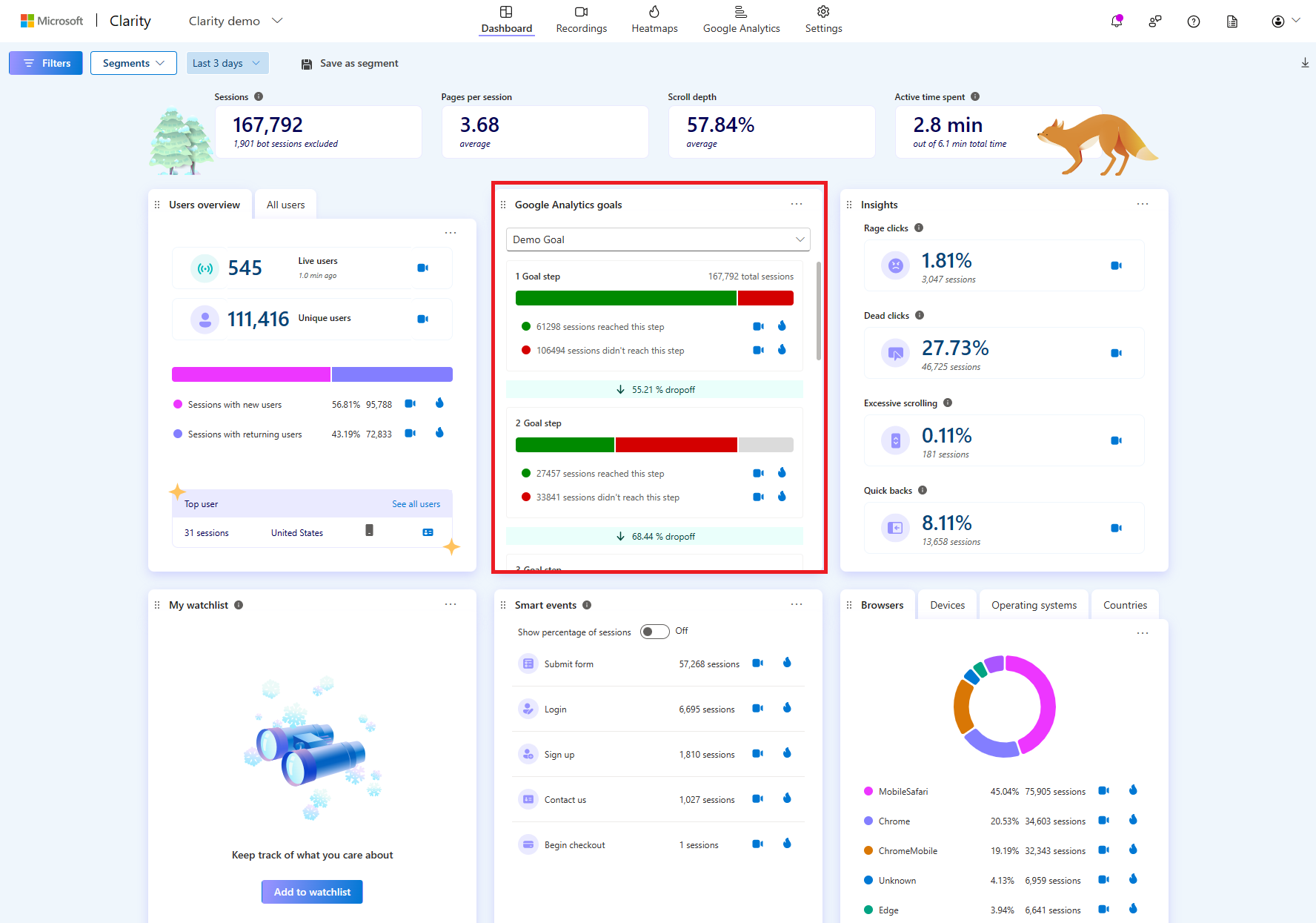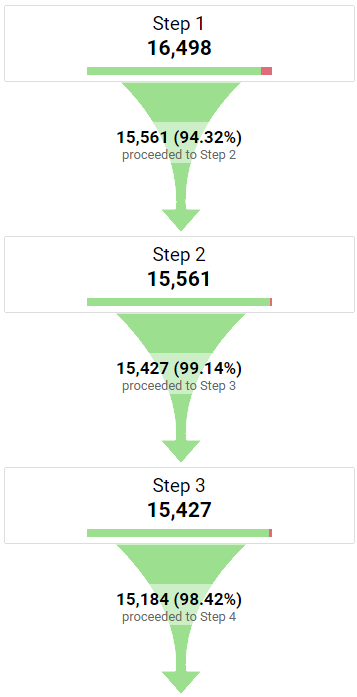Find Out What Data Is Google Analytics Goals Unable to Track
Find Out What Data Is Google Analytics Goals Unable to Track
Blog Article
Revealing the Blind Destinations: Recognizing What Google Analytics Goals Can not Determine
In the world of electronic analytics, Google Analytics stands as an effective device for monitoring and assessing on-line user interactions. However, amidst its robust capacities, there exist blind places that commonly avert dimension. Understanding what Google Analytics goals can not determine is vital for obtaining a thorough view of user actions and involvement. As we explore the ins and outs of these unseen areas, we reveal a complex web of uncharted areas that hold useful understandings into customer actions and inspirations, tough traditional wisdom and clarifying the constraints of our data-driven understanding.
User Habits on External Platforms
Recognizing how users connect on outside platforms is critical for enhancing online strategies. Exterior systems, such as social networks networks, referral websites, and on-line discussion forums, play a considerable role in driving website traffic to a company's internet site. By evaluating customer behavior on these systems, businesses can acquire useful understandings into the efficiency of their advertising and marketing efforts and the choices of their target market.
One key element of customer behavior on outside systems is the referral source. By tracking where the individuals are originating from, businesses can determine which systems are driving one of the most traffic to their website. This info can aid companies assign their sources much more properly, focusing on the systems that produce the ideal results.

Offline Conversions and Communications
Examining individual habits on outside platforms offers important insights right into on-line approaches; nonetheless, taking into consideration offline conversions and communications is just as imperative for a comprehensive understanding of a company's total efficiency. While Google Analytics stands out at tracking online communications, it drops brief in catching the complete consumer trip that usually consists of offline touchpoints. Offline conversions, such as in-store acquisitions or phone queries, play a substantial function in many businesses' success. Overlooking these communications can result in an altered view of the effectiveness of marketing projects and general business efficiency.

Acknowledgment Beyond Last Click
When diving into the realm of electronic advertising and marketing analytics, it becomes vital Going Here to look past the solitary touchpoint of the last click for a much more thorough understanding of attribution. While Google Analytics offers useful insights right into user actions, counting entirely on last-click attribution can be restricting - what data is google analytics goals unable to track. Attribution versions that surpass the last click supply an extra nuanced sight of the pop over to these guys customer trip, thinking about all the touchpoints that bring about a conversion
Acknowledgment beyond the last click allows marketing professionals to appoint credit report to different interactions along the conversion path, giving a more clear photo of the efficiency of various advertising channels. By discovering multi-touch acknowledgment designs such as linear, time degeneration, or position-based attribution, companies can better allot their advertising budgets and maximize their approaches for maximum impact.
Recognizing the influence of each touchpoint in the conversion process is critical for making notified decisions and making the most of ROI. By embracing acknowledgment beyond the last click, organizations can get deeper understandings into consumer habits and tailor their advertising and marketing initiatives much more efficiently.
Cross-Device and Cross-Browser Tracking

Likewise, cross-browser monitoring enhances cross-device monitoring by capturing individual habits as they switch over in between different web internet browsers. Understanding how individuals engage with internet sites on different internet browsers can aid online marketers enhance their on the internet experiences to make certain uniformity and functionality across different platforms.
Qualitative Data and User Intent
Comprehending user intent through qualitative data analysis is vital for creating targeted electronic advertising and marketing strategies that resonate with the needs and choices of the target market. Qualitative information supplies insights into the 'why' behind customer activities, dropping light on motivations, emotions, and choices that measurable data alone can not capture. By evaluating user responses, remarks, and interactions, online marketers can discover valuable details regarding individual intent, allowing them to customize their messaging, material, and offerings to better straighten with what their target page market is seeking.
Qualitative information likewise helps in recognizing the context in which individuals engage with a website or application. This contextual understanding allows marketers to develop more appropriate and personalized experiences, inevitably driving higher involvement and conversion rates. By diving into customer intent with qualitative data analysis, businesses can get a deeper understanding of their target audience, leading to more efficient advertising approaches that satisfy customers' requirements and expectations.
Verdict
Finally, Google Analytics goals have restrictions in measuring individual actions on external systems, offline conversions, acknowledgment beyond last click, cross-browser and cross-device tracking, and qualitative data associated with user intent. what data is google analytics goals unable to track. It is necessary for businesses to be mindful of these unseen areas in order to supplement their data analysis with various other devices and methods to get an extra extensive understanding of their target market and boost their total digital advertising strategies
By evaluating individual actions on these platforms, companies can get beneficial insights into the effectiveness of their advertising initiatives and the choices of their target audience.
Analyzing user behavior on outside platforms supplies beneficial understandings right into online strategies; however, taking into consideration offline conversions and communications is just as important for a detailed understanding of a business's general performance.In digital marketing analytics, moving beyond last-click attribution to discover cross-device and cross-browser monitoring is crucial for gaining an all natural understanding of customer communications throughout different platforms and devices. By analyzing customer responses, remarks, and communications, marketing experts can reveal useful info regarding user intent, allowing them to tailor their messaging, web content, and offerings to much better straighten with what their audience is seeking.
By delving right into customer intent via qualitative information analysis, companies can acquire a deeper understanding of their target audience, leading to extra reliable advertising and marketing approaches that meet users' requirements and expectations.
Report this page